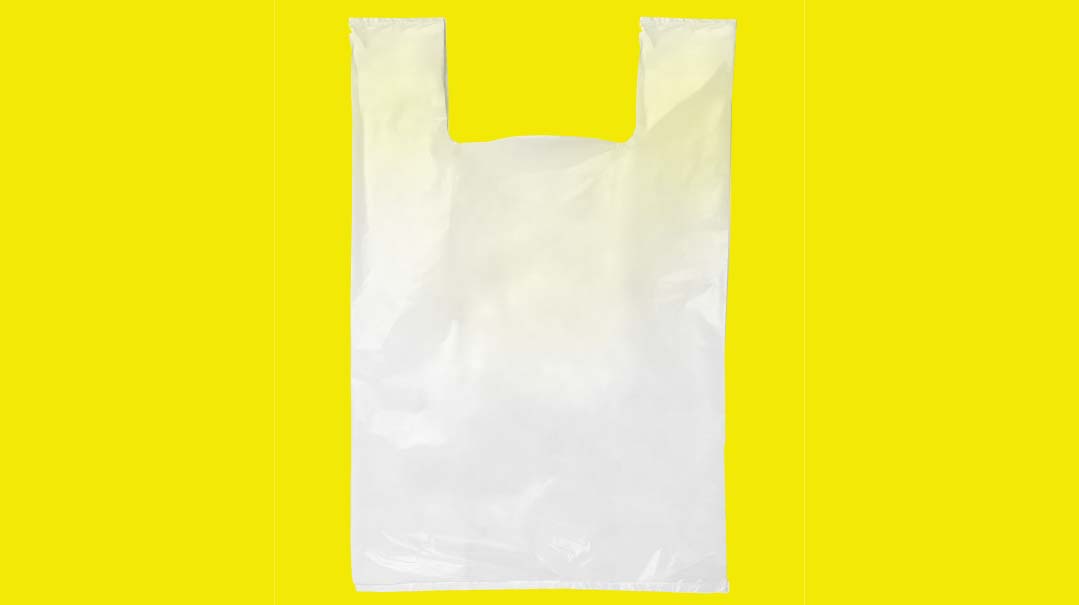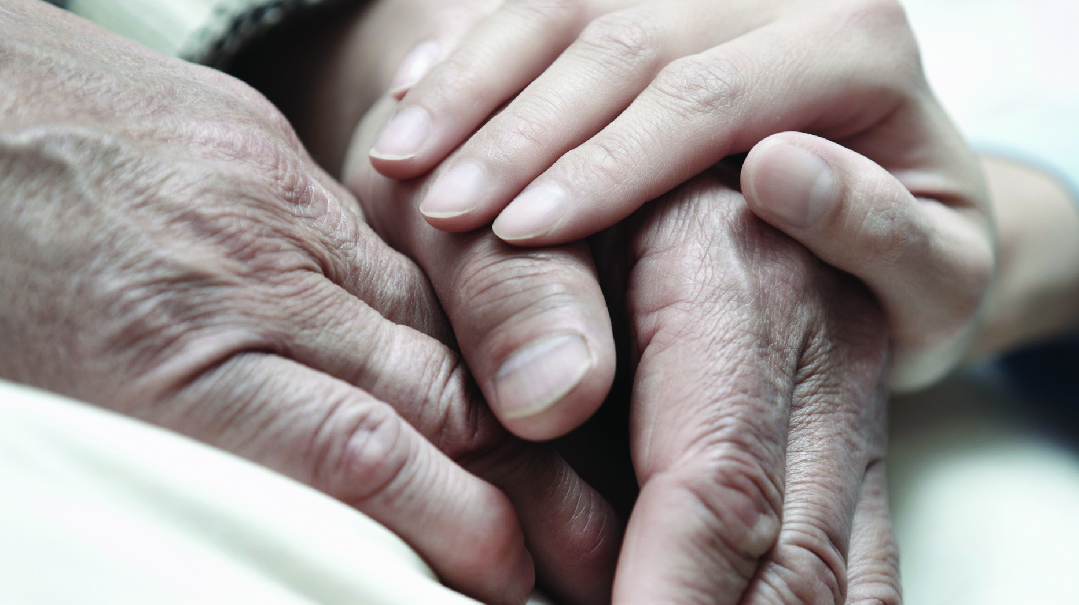Inside-Out Healing


(Images: Shutterstock)
The day I walked into the Barnes & Noble bookstore was one of the most depressing days of my life.
I had just been diagnosed with ankylosing spondylitis (AS) a degenerative disease that causes the bones to gradually fuse together causing severe pain and disability. I was only 25 but already my body had become stiff brittle and wracked with pain and the symptoms I could look forward to as the disease progressed included blindness heart problems and difficulty breathing.
After receiving this devastating diagnosis I had done some of my own research and discovered that some studies had found a correlation between AS and irritable bowel syndrome and that a gluten-free diet could be beneficial for both conditions.
I wasn’t excited about the prospect of eliminating all hamotzi and mezonos from my menu but it was less frightening than the prospect of chronic pain and progressive debilitation.
I headed to Barnes & Noble in search of a book about the gluten-free diet but the particular title I asked for was out of stock. I was about to leave the store when a book called The Divided Mind by Dr. John Sarno caught my eye.
I had heard of Dr. Sarno years earlier when I had attended a session by a distinguished lecturer who disseminates Dr. Sarno’s mind-body approach to healing chronic pain. Back then I had been suffering from foot pain and the pain had disappeared after I tried Dr. Sarno’s approach telling myself repeatedly that the source of the pain I was experiencing was emotional not physical.
Foot pain was child’s play compared to AS. But the book’s index of ailments that Dr. Sarno’s method works for listed “spondylosis” and I assumed that meant AS. So there was hope for me after all.
My parents divorced when I was a kid. Although the family dynamics had been difficult even beforehand the divorce brought with it a whole new slew of problems.
Despite growing up in a broken home I was a basically normal kid. I did well in school I had friends I was happy-go-lucky and inquisitive.
That easygoing nature disappeared however any time I felt threatened or bullied. If someone would start up with me I’d lash out verbally using harsh sharp words to ward off the would-be aggressor.
In high school I decided to take control of my behavior by working on my middos. I began to study mussar seforim intensively by myself and I reached the conclusion that it was forbidden to feel anger or speak negatively about anyone ever.
I also became very serious about my learning. In elementary school I had spent a lot of time playing sports — tennis and hockey were two of my favorite pastimes — but now I felt that it was no longer appropriate for me to waste time on these activities. Only Torah is important I told myself.
Oops! We could not locate your form.












